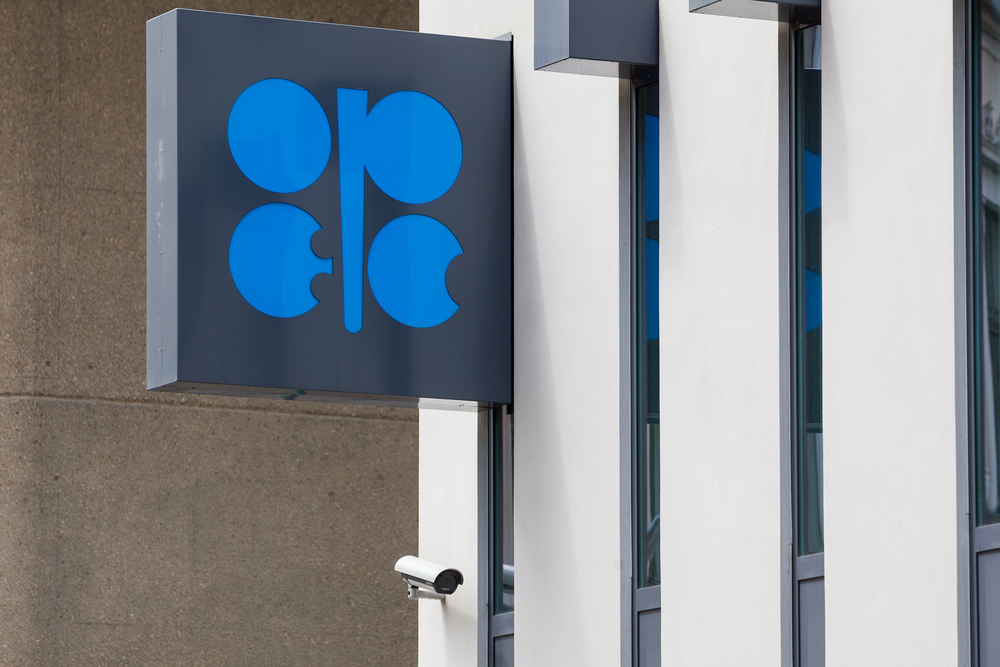All Eyes On OPEC+ This Week
Energy
Despite the refloating of the Ever Given ship in the Suez Canal, rising yields and a stronger USD, oil prices managed to settle higher yesterday, and this morning ICE Brent is trading back above US$65/bbl.

Source: Shutterstock
All attention this week will be on the OPEC+ meeting on 1 April, where the group will need to decide on what to do with production cuts from 1 May. At the last meeting, the group eased by 150Mbbls/d, with just Russia and Kazakhstan allowed to slightly increase output. All other producers agreed to keep output levels unchanged for April, whist Saudi Arabia decided to continue with its additional 1MMbbls/d voluntary cut. Prior to the weakness in the market, expectations were that the group would start easing cuts more aggressively from May. However, the wobble we have seen in prices means that OPEC+ will likely need to take a cautious approach once again. The market is now more split around what the group will decide. We are of the view that the group will likely hold output levels unchanged, with OPEC+ wanting to avoid another sell-off. However, if we do see any easing in cuts, it is likely to be very modest.
Metals
While the Ever Given was refloated in the Suez Canal, the metals complex has found it more difficult to stay afloat, with USD strength proving to be a major hurdle for metals. Profit-taking saw aluminum tumble by almost 1.4%, followed by copper and nickel. In the LME market, copper spreads eased on another sizable gain in exchange inventories. For aluminum, the Japanese premium for 2Q21 was settled at US$148-149/t (highest since 2Q15), a rise of 14% QoQ, and well above the US$82/t seen during the same quarter last year. The rebound in the premium was very much anticipated thanks to the recovering demand from major consuming sectors.
Another spike in US Treasury yields, along with USD strength weighed heavily on gold. COMEX gold retreated to as low as US$1,703 during the London trading session. Total known ETF holdings for gold also continued to decline for a sixth straight day; holdings fell by 49koz to 100moz (lowest since May) as of Monday. Palladium also came under pressure, falling by more than 5% to an intra-day low of US$2521/oz yesterday, after Nornickel said that it's on track to resume full production, with water inflows at two of its major mines - Oktyabrsky and Taimyrsky having stopped. Nornickel suspended operations at both mines last month due to intensified water inflows.
Finally, steel futures in China rose to their highest level in a decade in anticipation of a seasonal recovery in demand, along with an uncertain production outlook. Rebar futures in Shanghai traded above CNY5,000/t for the first time since 2011, whilst HRC prices also rose close to 2.5% yesterday. Steel demand in China is expected to be boosted by more vigorous construction activities over the coming peak season. However, there are uncertainties over production growth, following recent announcements of output restrictions in Tangshan.
Disclosure: This publication has been prepared by the Economic and Financial Analysis Division of ING Bank N.V. (“ING”) solely for information purposes without regard to any ...
more


